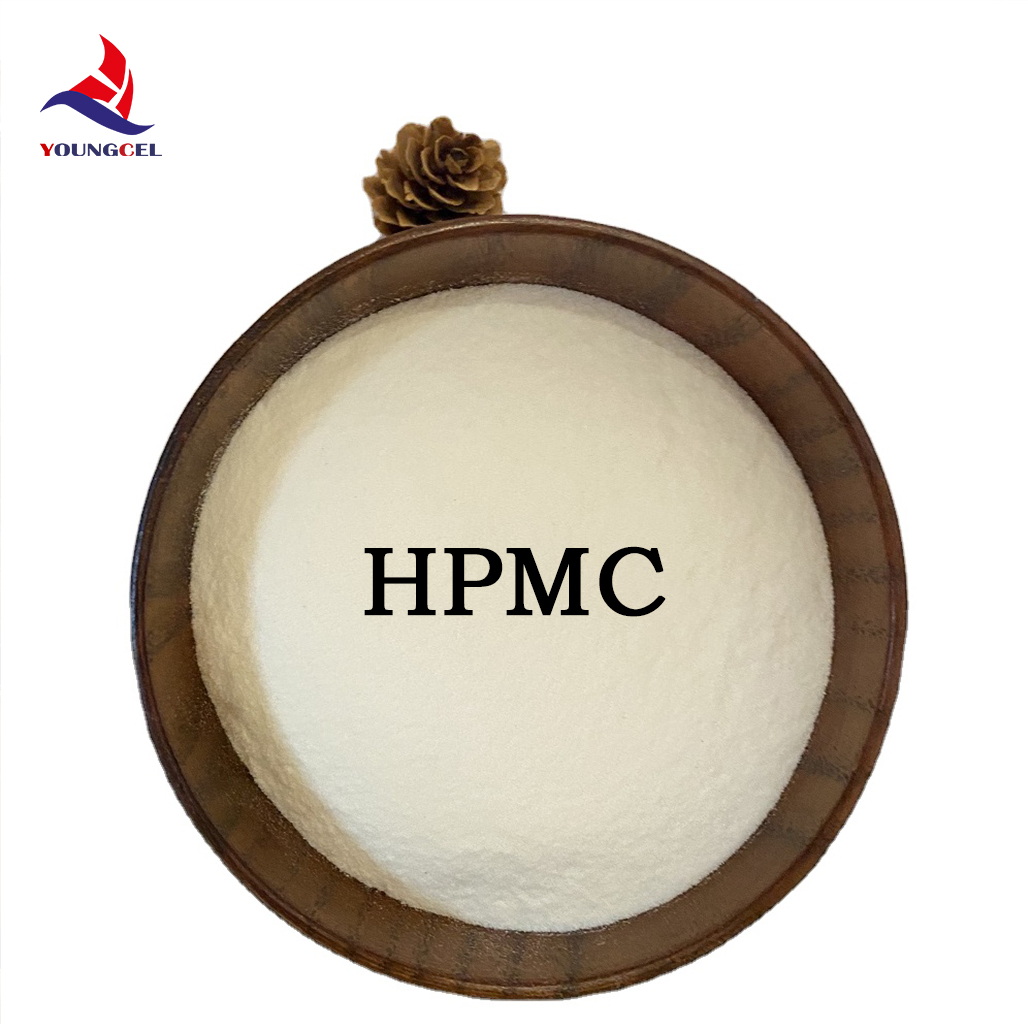The Chemistry Behind Tile Bond Adhesives
Tile bonding is a crucial aspect of construction and interior design, ensuring that tiles adhere securely to surfaces for durability and aesthetic appeal. The effectiveness of tile adhesives is largely attributed to their chemical composition, which plays a vital role in their bonding capabilities. In this article, we will explore the chemical nature of tile bonding agents, their various types, and the factors that influence their performance.
Understanding Tile Adhesives
Tile adhesives can be categorized primarily into cement-based, organic, and epoxy adhesives. Each type has unique chemical properties and works optimally under different conditions.
1. Cement-Based Adhesives The most common type of tile adhesive, cement-based adhesives are made from a mixture of Portland cement, fine sand, and other additives. When water is added, the cement hydrates and forms a strong bond as it cures. The chemical reactions involved are primarily hydration reactions, which transform the cement powder into a solid matrix that encapsulates the tile and adheres it to the substrate. These adhesives are preferred for their strength, cost-effectiveness, and versatility across various surfaces.
2. Organic Adhesives These adhesives are typically made from polymers and are designed for specific applications. Polyvinyl acetate (PVA) and other synthetic resins are common components. Unlike cement-based adhesives, organic adhesives cure through a process of solvent evaporation and polymerization. They provide excellent flexibility and bond strength, making them ideal for areas prone to movement, such as in commercial installations or on floors subjected to temperature fluctuations. They are often used in moist environments, where their water-resistant properties shine.
3. Epoxy Adhesives Known for their exceptional bonding strength and durability, epoxy adhesives comprise a resin and a hardener. The bonding process involves a chemical reaction between the resin and hardener, which cures to form a rigid structure. Epoxy adhesives are highly resistant to chemicals and moisture, making them suitable for settings with high exposure to stress, such as industrial or commercial spaces. Their versatility allows them to bond a variety of materials, including ceramic, glass, and metal tiles.
Factors Influencing Tile Bonding
chemical for tile bond

Several factors influence the effectiveness of tile adhesives, all rooted in their chemical nature
- Moisture Content The hydration of cement-based adhesives is critical; excess moisture can weaken the bond, while inadequate moisture can prevent proper curing. Organic adhesives also require specific moisture levels to ensure effective surface adhesion.
- Temperature Temperature affects the curing time and bonding characteristics of adhesives. For instance, high temperatures can accelerate the curing process of epoxy adhesives, but they may also lead to premature hardening if not carefully monitored. Conversely, extreme cold can slow down curing, affecting bond strength.
- Surface Preparation The chemical composition of the substrate plays a significant role in adhesion. Smooth, non-porous surfaces may not provide sufficient mechanical interlocking for cement-based adhesives, while porous surfaces can absorb water, affecting hydration. Proper cleaning and priming can enhance the adhesive bond.
- Physical Properties The type of tile and its physical characteristics, such as density and porosity, also influence adhesive selection. For example, heavier tiles requiring robust support may necessitate the use of epoxy adhesives for greater strength.
Conclusion
In conclusion, the chemistry behind tile bonding is a fascinating intersection of various materials and their properties. Understanding the differences between cement-based, organic, and epoxy adhesives, as well as the factors that impact their performance, is essential for selecting the right adhesive for different applications. As technology advances, the development of new bonding agents continues, promising even more effective solutions for tile installation in the future. Whether for residential, commercial, or industrial applications, the appropriate choice of tile adhesive ensures longevity and aesthetic appeal, enhancing the built environment.
-
Rdp Powder: Key Considerations for Wholesalers in the Building Materials IndustryNewsJul.08,2025
-
Key Considerations for Wholesalers: Navigating the World of Hpmc - Based ProductsNewsJul.08,2025
-
Hpmc Detergent: Key Considerations for WholesalersNewsJul.08,2025
-
Key Considerations for Wholesalers: China Hpmc For Tile Adhesive, Coating Additives, Concrete Additives, and MoreNewsJul.08,2025
-
Crucial Considerations for Wholesalers: Navigating the World of Construction MaterialsNewsJul.08,2025
-
Key Considerations for Wholesalers Sourcing Additive For Cement, Additive For Concrete, Additive For Putty from Additive Manufacturer Shijiazhuang Gaocheng District Yongfeng Cellulose Co., Ltd.NewsJul.08,2025




